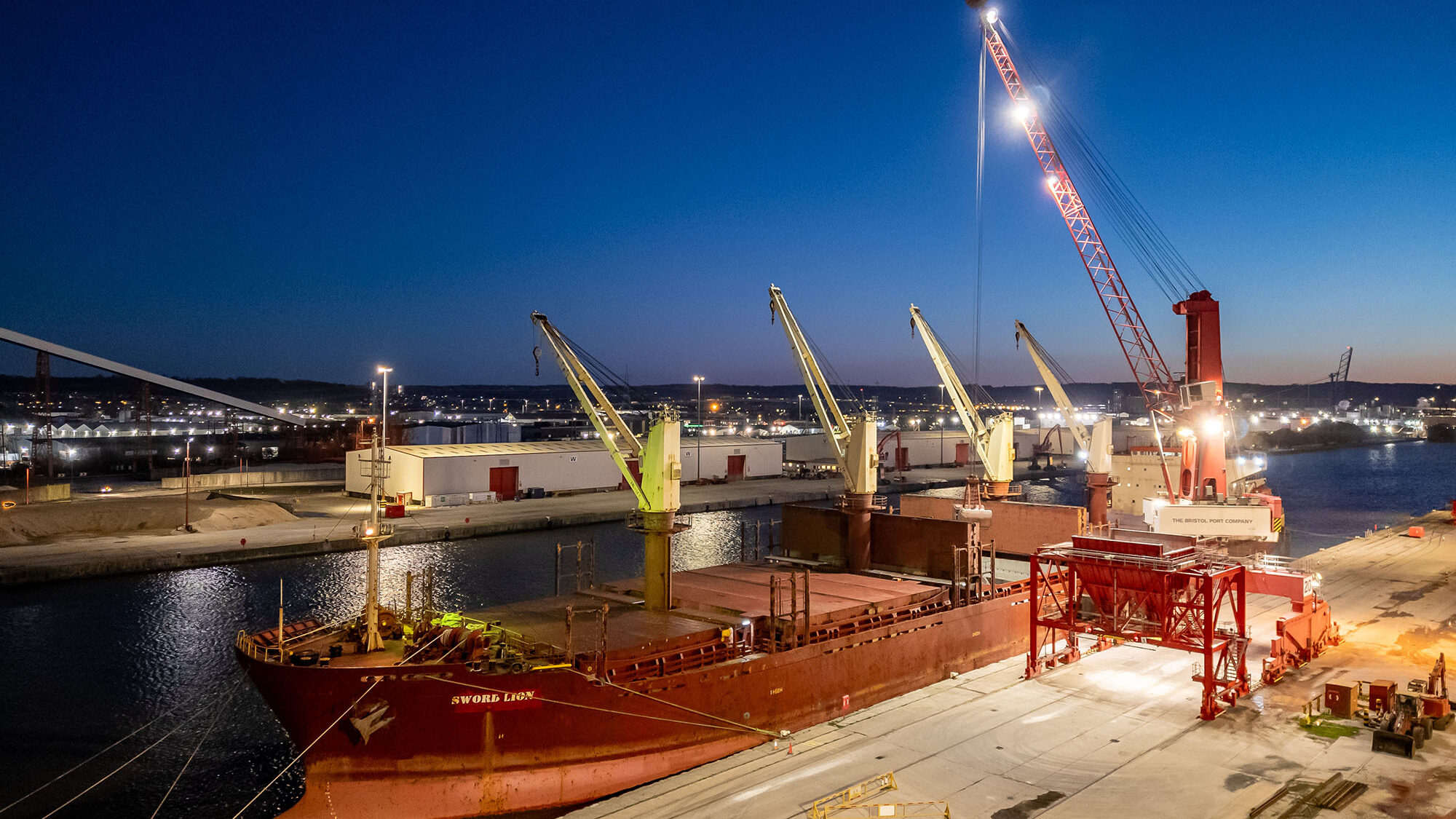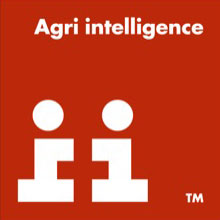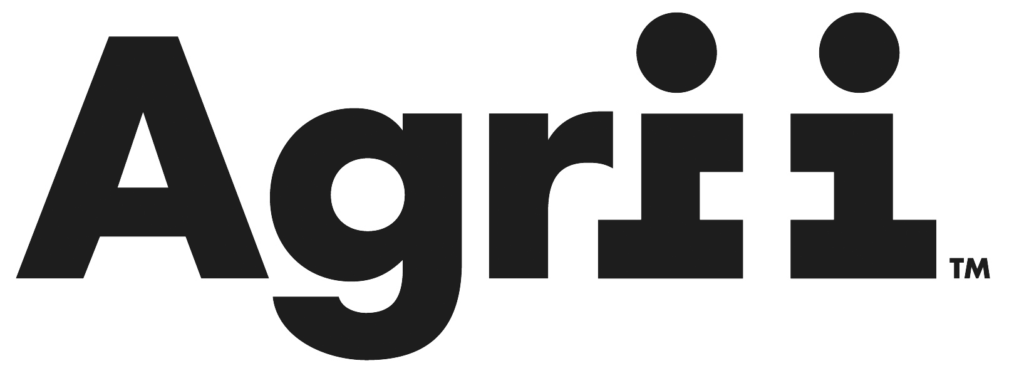
Over the last few weeks, there has been a lot of interest and speculation on the impact on fertiliser prices of the Carbon Border Adjustment Mechanism (CBAM).
This followed the Budget Day publication of the response to a 12-week consultation that confirmed:
- A UK CBAM would be introduced on 1 January 2027, placing a carbon price on goods deemed at risk of ‘carbon leakage’. The aim is to stop production shifting to countries with less stringent carbon regulations, undermining global decarbonisation efforts.
- Initially, CBAM will apply to high-emission sectors, including imports of nitric acid and ammonia – raw materials of nitrogen fertilisers – along with straight nitrogen, NS, NPKs, NP and NK fertilisers. Other sectors covered are aluminium, cement, hydrogen, iron and steel.
Fertiliser importers will be responsible for paying the CBAM tax liability when the product arrives at a UK port. The cost of the tax will be calculated using actual emissions data from primary nitrogen producers or default values, set by the government based on global average emissions.
The EU is currently phasing in a similar CBAM scheme based on credits with the aim to encourage lower carbon production in non-EU countries.
There has been speculation about the impact on fertiliser pricing post-January 2027 in the UK – with views ranging from an increase of £10 to £40 per tonne due to a CBAM levy on a tonne of urea. The actual costs will vary in line with the value of carbon at the time.
AIC, the UK’s leading trade association in the agricultural supply industry, is awaiting further clarity from HMRC to understand a more definitive impact on the price of imported nitrogen-based products.
Agrii will keep you informed on any further changes to CBAM as and when they arise. If you have any questions relating to this article, please email info@agrii.co.uk


